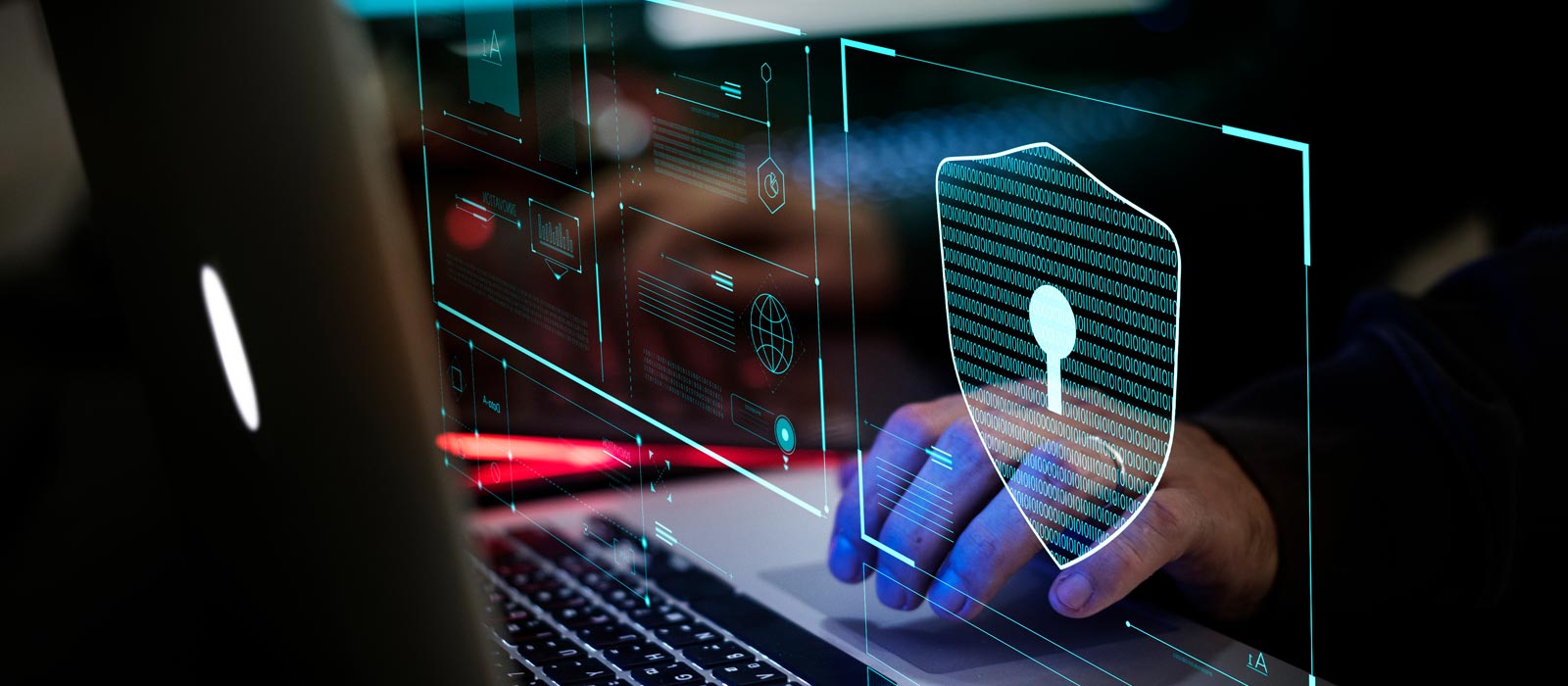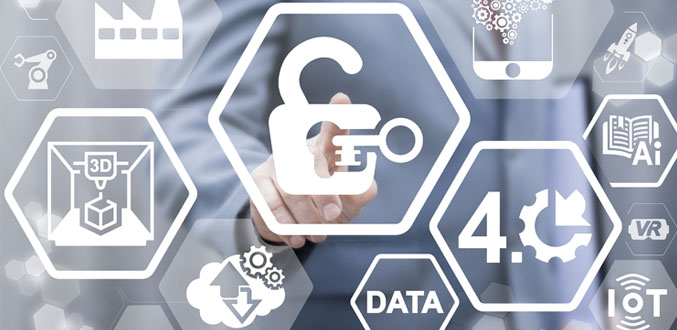
04 Aug The Role of AI in IoT Security
The Internet of Things is becoming smarter and more complex. Smart device technology is growing at massive levels. Organizations are embedding artificial intelligence or machine learning into their IoT applications and are realizing competitive advantages—including improved operational productivity.
Over the past decade, large corporations have been acquiring smaller companies that had been working at the crossing point of artificial intelligence and IoT. Furthermore, major merchants of IoT services are now also providing advanced AI capabilities such as machine-based learning analytics.
The Changing Face of Cybersecurity
It is important to realize that cybersecurity is not a static thing. It is fast, volatile, and constantly changing. It is very difficult to keep an efficient defensive posture without continually developing and evolving new countermeasures. Security controls that worked in the past will not be sufficient today, and today’s security measures will not be sufficient tomorrow.
Today we are grappling with highly orchestrated cyber-crimes. There are two main drawbacks of conventional security systems. The first problem is that they are very rules-oriented and have been designed based on an understanding of what constitutes a severe threat. The problem is that threats have become too strong, malware is too sophisticated, and subversion techniques are constantly changing.
The second drawback with traditional cybersecurity is the lack of scalability. The scalability problem is due to several factors, including:
- Organizational size and complexity: Larger organizations typically have greater difficulty being able to adapt to changing security conditions.
- Mixed use of old and new systems and applications. Many enterprises continue to use a mixture of old and new technology. This can complicate efforts to provide a holistic approach to IoT security
- Increased operational complexity: Doing business today is more complicated than ever before. IT organizations are faced with a host of complex responsibilities to keep an IoT ecosystem functioning at a high level. This can include providing frequent updates (software operating systems, applications, etc.), updating network applications, adding new assets, assessing security threats, identifying potential targets, and more.
All the above combine to make IoT security a very complex proposition.

Even though cyber-attacks are increasing in scale and scope, AI technologies can help you analyze and manage these increased risks. AI provides the power that allows you to stay one step ahead of these evolving cyber threats. AI offers instant feedback to help you investigate and analyze thousands of everyday alerts, make impactful decisions, and respond much faster.
Traditional cybersecurity methodologies cannot effectively scale up to the speed or capability needed to keep up with today’s cyber security threats. Dealing with these escalating threats will require new approaches and new technologies. Next generation defenses will be fueled by continued advances in AI. AI-fueled IoT security solutions will pave the way for making IoT ecosystems more secure and more reliable.

